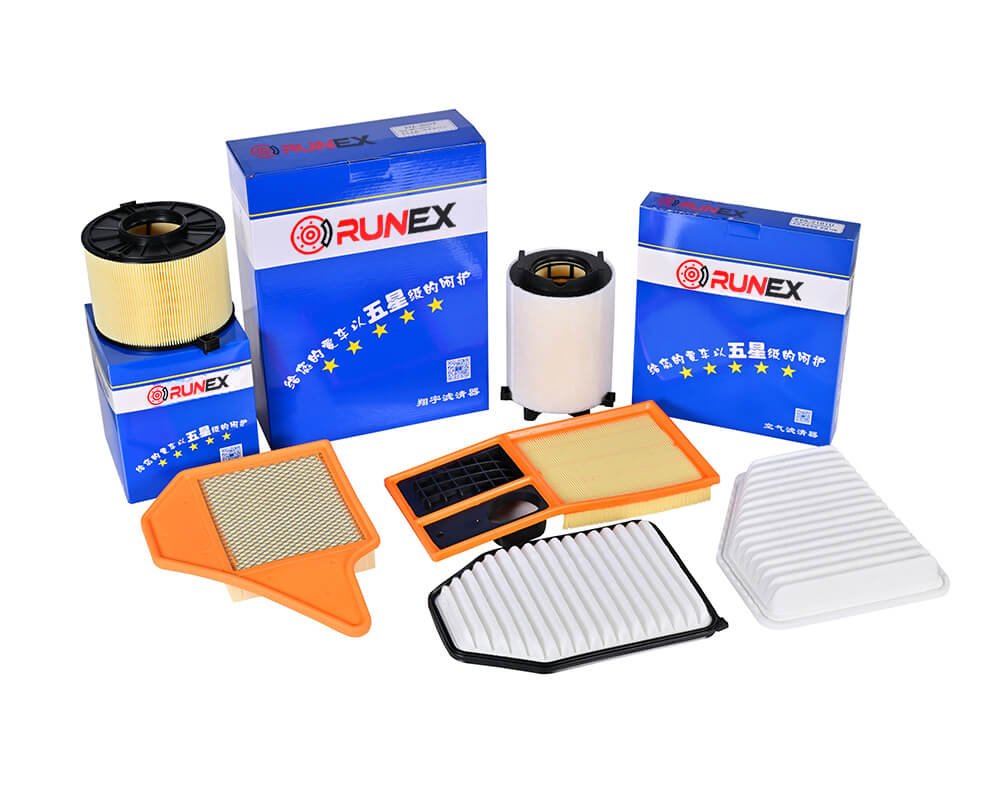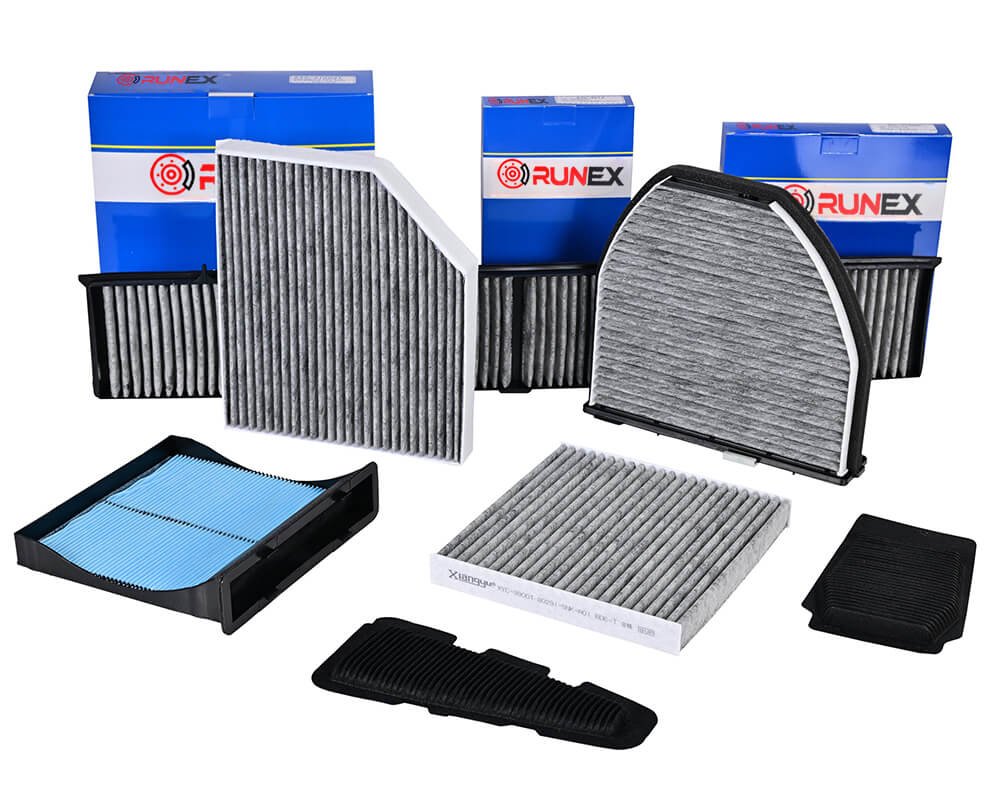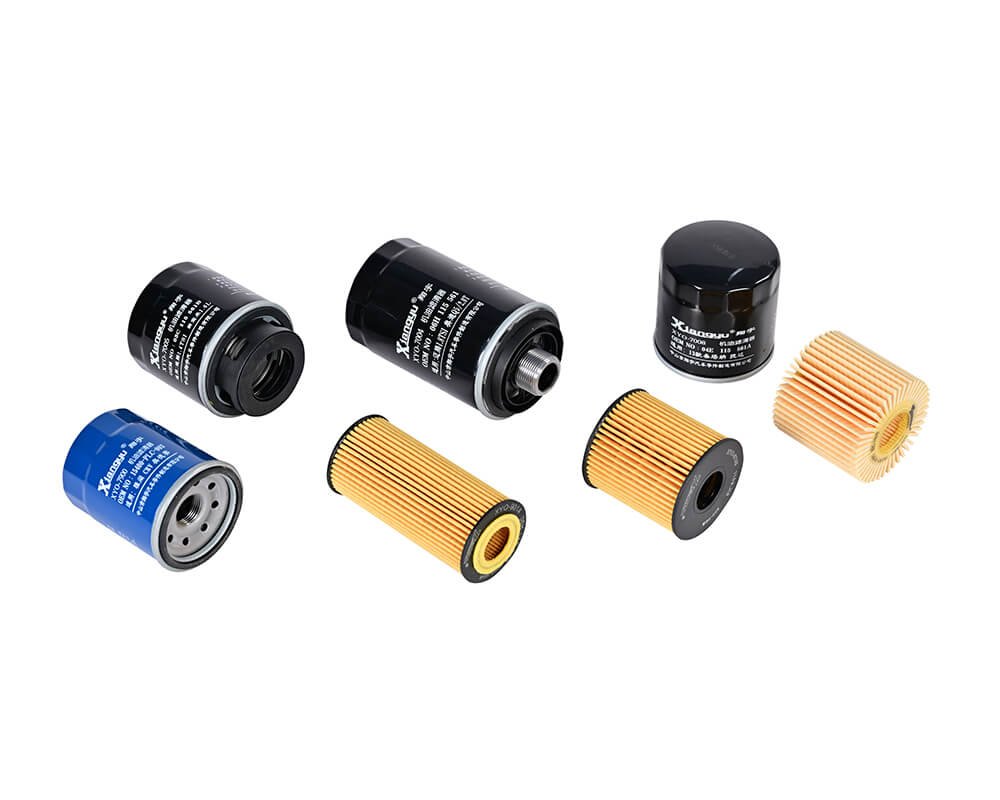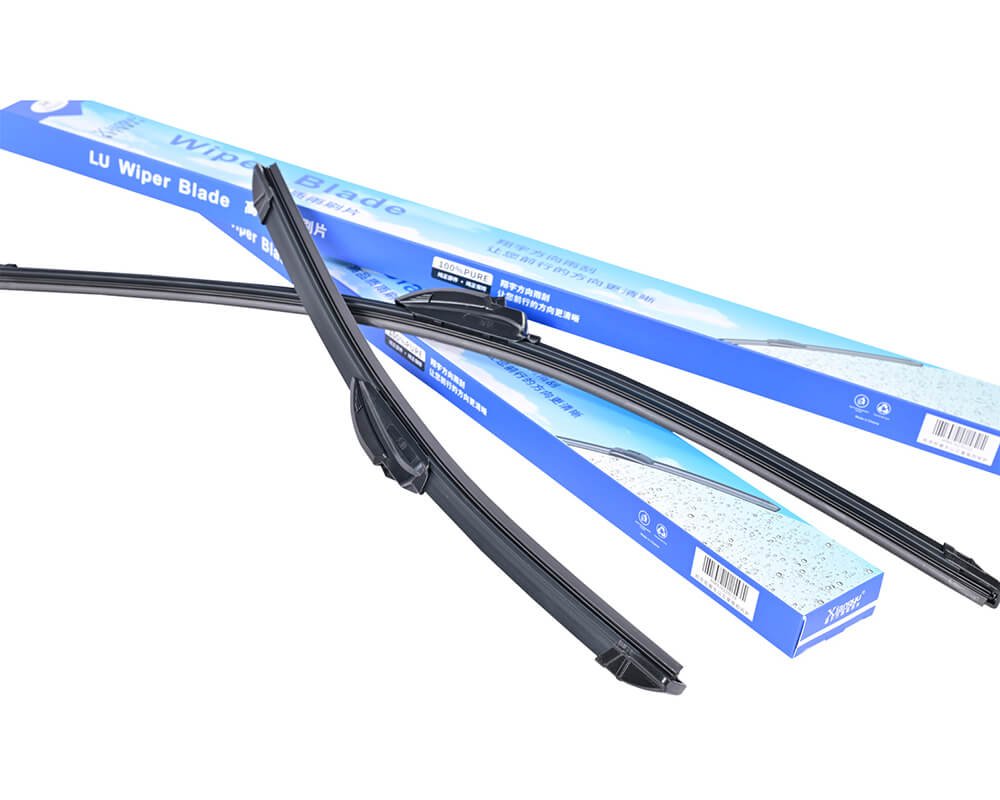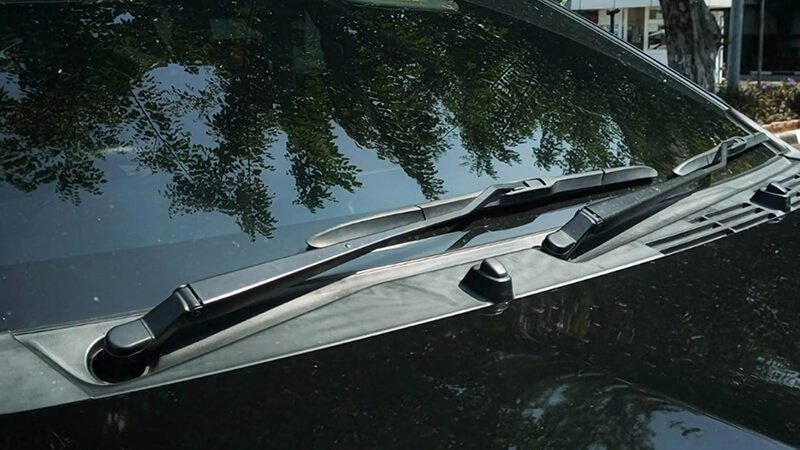Navigating the world of brake parts distribution can be overwhelming for buyers. From OEMs to aftermarket suppliers, understanding how the system works and what factors influence it can ensure you choose the best, most reliable components for your vehicle.
Brake parts distribution is a complex system involving OEM manufacturers, aftermarket suppliers, distributors, and retailers. Buyers must understand this ecosystem to secure high-quality, certified, and compatible brake components, particularly when it comes to brake pads. Let's explore how these dynamics impact the choice and performance of brake parts.
To better understand how to navigate the brake parts distribution network, we need to explore the latest technological advancements, regulatory impacts, the differences between aftermarket and OEM parts, and how driving styles influence brake pad choices.

What are the latest technological advancements in brake systems?
Technology is constantly evolving, and the automotive brake system is no exception. From advanced materials to smarter sensors, the latest innovations are pushing the performance and safety of vehicles to new heights. But how do these advancements impact brake parts distribution?
The latest advancements in brake systems focus on improving performance, safety, and longevity. Innovations like carbon-ceramic brake pads1, regenerative braking, and electronic brake force distribution are changing how brake components are made and distributed, influencing how buyers should choose their parts.
Technological advancements are transforming the world of brake systems, making the need for high-performance, durable brake parts even more critical. These innovations require manufacturers and suppliers to adapt their distribution strategies to meet new demands.
Carbon-Ceramic Brake Pads:
One of the most notable technological advancements in brake pads is the rise of carbon-ceramic brake pads. These pads offer superior performance, durability, and heat resistance compared to traditional materials. They are increasingly used in high-performance sports cars and luxury vehicles due to their ability to withstand extreme temperatures and provide consistent braking power.
Advantages of Carbon-Ceramic Brake Pads:
| Feature | Benefit |
|---|---|
| Durability | Carbon-ceramic pads have a longer lifespan compared to standard pads. |
| Heat Resistance | These pads can operate at much higher temperatures, reducing the risk of brake fade. |
| Weight | Carbon-ceramic pads are lighter, which improves vehicle performance. |
| Cost | They tend to be more expensive than conventional pads. |
Regenerative Braking Systems:
Regenerative braking systems, which are commonly found in electric vehicles, allow the vehicle to recover energy during braking and convert it back into power for the battery. This system requires specially designed brake pads that can handle frequent, less forceful braking without compromising safety. This technology is pushing the boundaries of brake part manufacturing and distribution.
Regenerative Braking Advantages:
| Feature | Benefit |
|---|---|
| Energy Efficiency | Helps recover energy, which is crucial for electric vehicles. |
| Wear Reduction | Since regenerative braking reduces the frequency of mechanical braking, pads last longer. |
| Environmental Impact | Reduces energy consumption by storing energy back into the vehicle's battery. |
Electronic Brake Force Distribution:
In modern vehicles, electronic brake force distribution2 (EBD) optimizes braking by adjusting the brake force between the front and rear axles based on the load. This technology enhances vehicle stability and control. As a result, brake pads and other components need to be designed and distributed to meet the precise needs of EBD systems.
Benefits of EBD:
| Feature | Benefit |
|---|---|
| Stability | Enhances vehicle stability, particularly when carrying heavy loads. |
| Performance | Distributes braking force efficiently for optimal performance. |
| Safety | Reduces the risk of skidding or losing control during braking. |
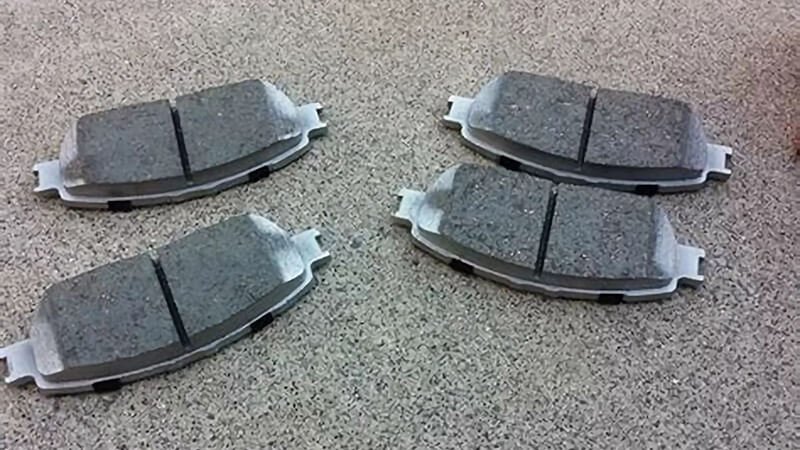
How do regulatory requirements impact brake part distribution?
Regulatory requirements play a significant role in brake part distribution. From safety standards to environmental regulations, manufacturers and distributors must comply with various rules to ensure the brake pads meet the necessary legal and safety standards.
Regulatory requirements, such as safety and environmental standards, directly impact brake part distribution. Distributors must ensure the products they offer are certified and comply with relevant regulations to ensure vehicle safety and avoid legal issues.
Regulations governing brake parts are designed to ensure the safety and performance of vehicles. These rules affect every stage of brake pad distribution, from manufacturing to sales. Compliance is critical not only for legal reasons but also for the safety of vehicle owners.
Safety Regulations:
Safety regulations are the primary concern for brake part manufacturers and distributors. For example, in the United States, the National Highway Traffic Safety Administration (NHTSA)3 sets strict standards for automotive parts, including brake pads. Manufacturers must ensure their products meet these standards before they can be distributed and sold.
Key Safety Standards:
| Standard | Description |
|---|---|
| FMVSS 105 | Ensures braking performance under various conditions. |
| ECE R904 | European regulation ensuring braking performance and safety. |
| JIS D4415 | Japanese standard for brake components, ensuring quality. |
Environmental Regulations:
Environmental regulations are becoming increasingly important in brake parts manufacturing and distribution. Many regions, including the European Union, have set guidelines on the amount of harmful materials, such as copper, that can be included in brake pads. These regulations have forced manufacturers to seek alternative materials that are both effective and environmentally friendly.
Key Environmental Regulations:
| Regulation | Region | Focus Area |
|---|---|---|
| RoHS | EU | Limits hazardous substances like lead and mercury in brake parts. |
| COP | US | Limits the use of copper in brake pads to reduce pollution. |
| End-of-Life Vehicles Directive | EU | Ensures recycling of automotive components, including brake pads. |
Certification Requirements:
Brake pads and other components must be certified by relevant authorities to ensure their safety and quality. In some regions, this includes certifications like the ECE R90 in Europe, which guarantees that the brake pads have been tested for safety and performance under various conditions. Distributors must ensure that the parts they offer are fully certified to meet these standards.
Brake Pad Certification:
| Certification | Region | Description |
|---|---|---|
| ECE R90 | Europe | Ensures compliance with European brake performance standards. |
| DOT (Department of Transportation) | US | Confirms that brake pads meet federal safety standards. |
| ISO 9001 | Global | Indicates that the manufacturer follows internationally recognized quality management standards. |

What are the key differences between aftermarket and OEM brake parts?
When purchasing brake pads, buyers often face the decision between OEM (Original Equipment Manufacturer) parts and aftermarket alternatives. Both have their benefits, but what sets them apart? Understanding these differences can help you choose the best option for your vehicle.
OEM brake parts are designed by the vehicle's manufacturer and are typically seen as the safest option, while aftermarket brake parts offer more variety and cost-effective alternatives. The decision between the two depends on factors such as vehicle requirements and budget.
The debate between OEM and aftermarket brake parts is ongoing, with pros and cons on both sides. Understanding the key differences between these two types of brake parts will help you decide which is right for your vehicle and driving style.
OEM Brake Pads5:
OEM brake pads are the same as those installed in your vehicle when it was first manufactured. These pads are made by the vehicle's manufacturer or an approved supplier and are designed to meet the original specifications of your car. They typically offer superior fit and performance, as they are made to perfectly match your vehicle’s needs. However, they tend to be more expensive than aftermarket alternatives.
Advantages of OEM Brake Pads:
| Feature | Benefit |
|---|---|
| Perfect Fit | Designed to meet your vehicle's original specifications. |
| Performance | Typically offer better consistency and braking performance. |
| Warranty | Usually covered by your vehicle’s warranty. |
Aftermarket Brake Pads6:
Aftermarket brake pads are made by third-party manufacturers and can be a more affordable option. They come in a wide variety of types, materials, and performance levels. While they may not always match the exact specifications of OEM parts, many high-quality aftermarket pads provide excellent performance and durability. The key benefit of aftermarket pads is the wide selection available, allowing you to choose pads that meet your specific needs, whether you prioritize performance, cost, or longevity.
Advantages of Aftermarket Brake Pads:
| Feature | Benefit |
|---|---|
| Variety | Offers a wide selection of materials and designs. |
| Cost-Effective | Typically more affordable than OEM pads. |
| Customization | Can be tailored to specific driving needs. |
Price Considerations:
While OEM brake pads are often more expensive, they offer the assurance of quality and compatibility. Aftermarket brake pads, on the other hand, can offer significant cost savings, but the buyer must ensure they are purchasing from a reliable source to avoid subpar performance.
| Type | Average Price Range | Benefits | Drawbacks |
|---|---|---|---|
| OEM | Higher | Guaranteed quality and fitment | More expensive |
| Aftermarket | Lower | Affordable, variety of options | May not always match vehicle specifications |

How do driving style and needs influence the choice of brake parts?
Your driving style plays a significant role in determining the type of brake pads that are best suited for your vehicle. Whether you drive aggressively, frequently tow, or mostly drive in city traffic, these factors should guide your brake part selection.
Driving style, including factors like frequency of hard braking or the need for towing, influences the choice of brake pads. For aggressive drivers, high-performance pads are a must, while for everyday city commuters, comfort and longevity might be more important.
Your driving style affects how frequently and aggressively you use your brakes. This, in turn, influences which type of brake pads are the best fit for your needs. Whether you need comfort, performance, or durability, there’s a brake pad option that matches your specific driving habits.
Aggressive Driving:
If you're an aggressive driver, constantly braking hard, or if you frequently drive on highways, you need brake pads that can withstand higher temperatures and offer superior stopping power. Performance brake pads8, often made from semi-metallic or ceramic materials, are designed to handle extreme braking demands. These pads provide better heat dissipation, reducing the risk of brake fade.
Recommended Brake Pads for Aggressive Driving:
| Type | Material | Features |
|---|---|---|
| Performance | Semi-metallic | Best for high temperatures and frequent hard braking. |
| Performance | Ceramic | Quieter and longer-lasting for aggressive driving. |
City Driving:
For city drivers who engage in frequent stop-and-go driving, quieter and more comfortable pads are often preferred. Organic brake pads9 are a good choice for these conditions as they provide smooth and quiet operation, though they may wear out more quickly than semi-metallic or ceramic pads.
Recommended Brake Pads for City Driving:
| Type | Material | Features |
|---|---|---|
| Standard | Organic | Quieter operation, smoother feel, ideal for frequent stops. |
Towing and Heavy Loads:
If you regularly tow trailers or carry heavy loads, your brake pads need to handle additional stress. High-performance pads or heavy-duty brake pads designed for towing will provide the extra durability and stopping power needed for these conditions.
Recommended Brake Pads for Towing:
| Type | Material | Features |
|---|---|---|
| Heavy-duty | Semi-metallic | Ideal for heavy braking and towing loads. |
| Heavy-duty | Ceramic | Provides durability and heat resistance for heavy-duty use. |
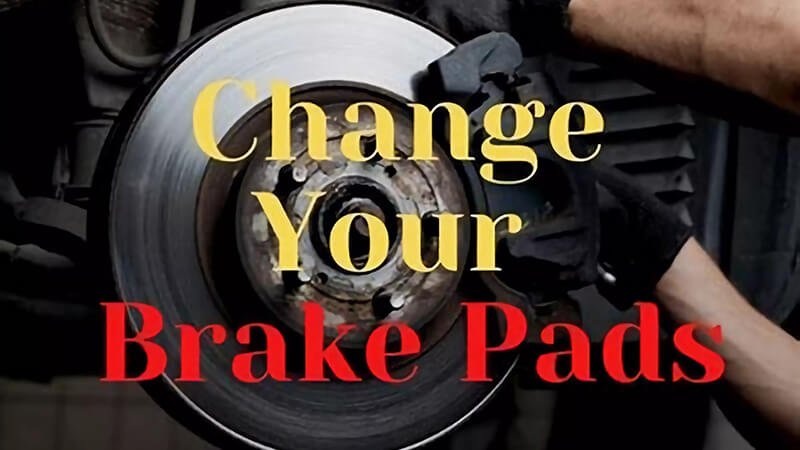
Conclusion
Understanding the factors that influence brake pad selection and distribution is essential for ensuring safety and performance. From technological advancements to regulatory requirements, each element plays a role in the brake parts you choose. By considering your driving style and understanding the differences between OEM and aftermarket parts, you can make an informed decision that best suits your needs.
Come to contact us to get your best OEM brake pads10 for your business.
-
Explore the advantages of carbon-ceramic brake pads to understand why they are preferred in high-performance vehicles. ↩
-
Discover how electronic brake force distribution optimizes braking performance and enhances vehicle safety, crucial for modern cars. ↩
-
Explore NHTSA's regulations to understand the safety standards that manufacturers must meet for brake parts, ensuring vehicle safety. ↩
-
Discover the importance of ECE R90 certification in ensuring brake pad safety and performance across Europe. ↩
-
Explore the advantages of OEM brake pads to understand their superior fit and performance for your vehicle. ↩
-
Learn about the variety and cost-effectiveness of aftermarket brake pads to see if they suit your driving needs. ↩
-
Discover the price differences between OEM and aftermarket brake pads to make an informed purchasing decision. ↩
-
Explore the advantages of Performance brake pads to enhance your driving experience and safety. ↩
-
Learn about Organic brake pads for a quieter and smoother driving experience, perfect for city driving. ↩
-
Learn about OEM Bkrae Pads from Runex auto. Try to get your best products for your business. ↩




